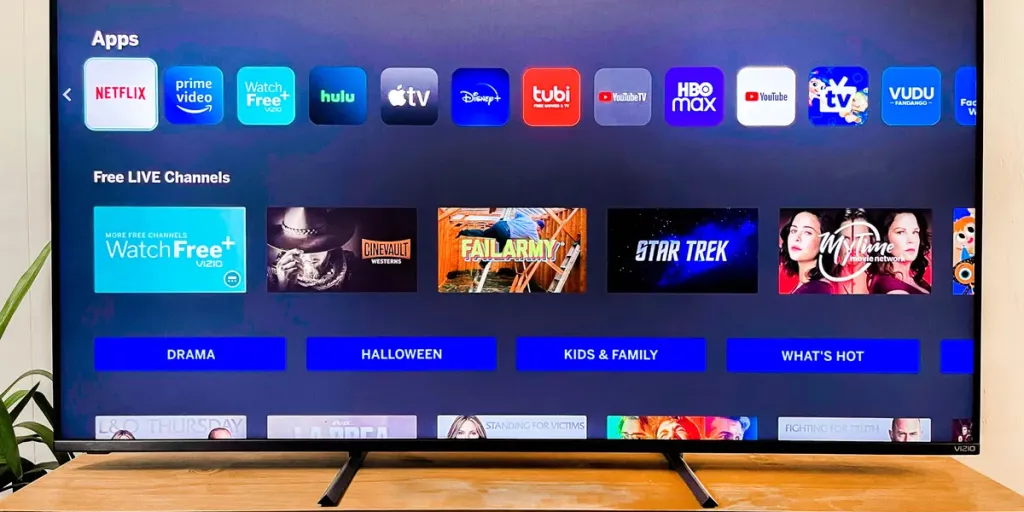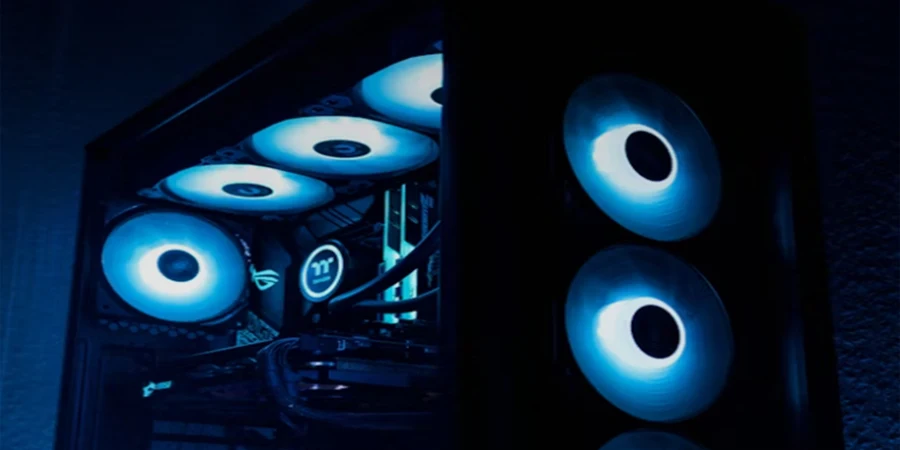In the rapidly evolving world of smart TVs, selecting the right product can significantly enhance user experience, driving customer satisfaction and loyalty. With advanced features, impeccable display quality, and seamless integration capabilities, the latest smart TVs of 2024 are not just entertainment units but pivotal elements in modern living spaces. For online retailers, understanding these benefits is crucial, as it directly translates to informed purchasing decisions, better inventory management, and ultimately, increased sales.
Table of Contents
2024 smart TV market snapshot
Key considerations for smart TV selection
Top smart TV models and their standout features
Conclusion
2024 smart TV market snapshot
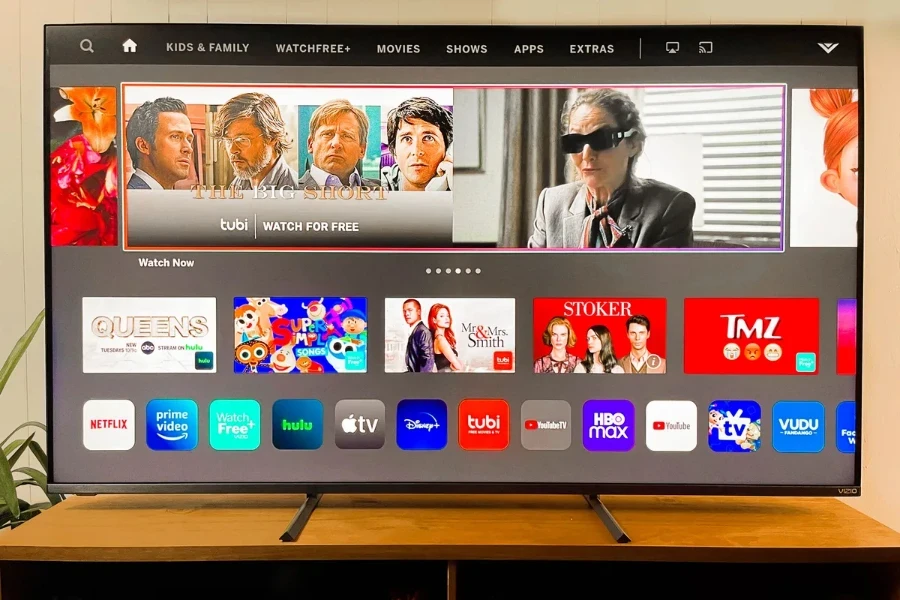
Global Demand and Sales Figures
The global smart TV market has experienced a significant surge in 2023. The smart TV market is currently valued at approximately US$18.0 billion in 2023 and is expected to reach an estimated value of $369.7 billion by 2028, growing at a compound annual growth rate (CAGR) of 9.7% from 2023 to 2028. This significant growth is attributed to the increasing demand for high-resolution televisions, advancements in technology, and the rising adoption of smart TVs worldwide.
Leading brands and their market share
Samsung continues to dominate the smart TV market, holding a substantial 28% market share. This is closely followed by LG with a 24% share, and Sony, which has managed to secure 18%. These three giants collectively account for 70% of the market, underscoring their dominant position in the industry. Their success can be attributed to their consistent innovation, user-friendly interfaces, and the integration of advanced technologies that cater to the evolving needs of consumers.
Other notable brands that have made significant strides include TCL and Hisense, both of which have expanded their global presence and increased their market shares. Their competitive pricing strategies, coupled with the introduction of high-quality products, have played a pivotal role in their ascent in the market rankings.
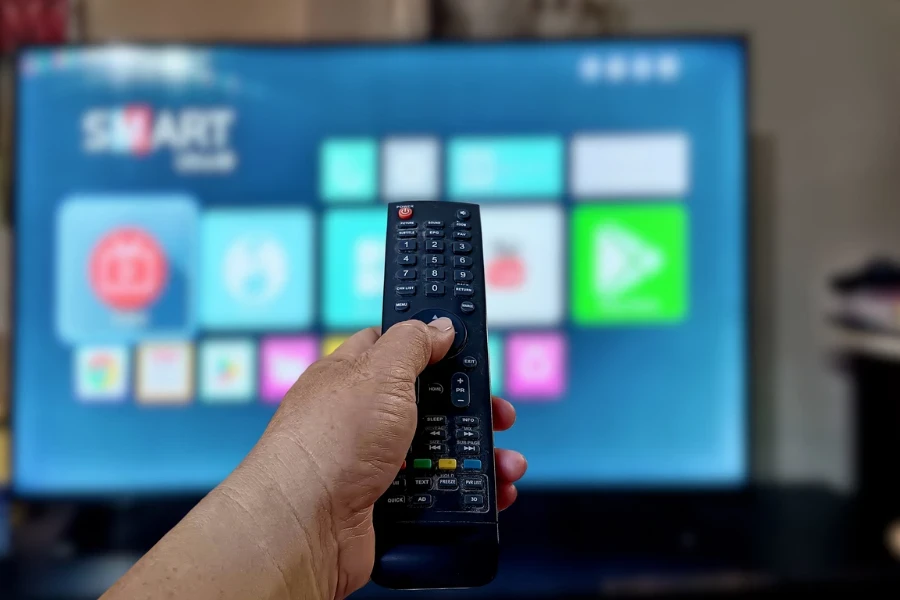
Emerging technologies and innovations
The smart TV landscape is constantly evolving, with brands pushing the boundaries of what’s possible. One of the most notable innovations this year has been the integration of AI-driven features. These features not only enhance the viewing experience by offering personalized content recommendations but also facilitate seamless voice command functionalities. Additionally, advancements in display technologies, such as MicroLED and Quantum Dot, have paved the way for brighter, more vibrant visuals, setting new standards for picture quality.
Moreover, the convergence of smart home ecosystems with smart TVs has gained traction. Many brands are now offering compatibility with popular smart home devices, allowing users to control their entire home environment through their TV. This integration is expected to be a major trend in the coming years, as consumers seek more interconnected and holistic home entertainment solutions.
In the ever-evolving world of smart TVs, it’s evident that brands are continuously striving to offer consumers the best in technology and convenience. The year 2024 has been no exception, with remarkable growth figures and groundbreaking innovations setting the stage for an exciting future in the industry.
Key considerations for smart TV selection
Display types: OLED vs. LED
When it comes to display technology, OLED and LED are at the forefront. OLED, or Organic Light Emitting Diode, offers a wider viewing angle of 84°, compared to LED’s 54°. This means viewers can sit off to the side and still enjoy a clear picture. OLED displays emit their light, resulting in better contrast, deeper blacks, and energy efficiency. On the other hand, LED, which stands for Light Emitting Diode, is brighter and more energy-efficient than OLEDs. However, OLEDs provide better color accuracy and a wider viewing angle. In essence, while LEDs are commonly used for backlights in televisions and computer monitors, OLEDs are becoming the go-to for high-end televisions and mobile devices due to their superior picture quality.
Operating systems and user interface
The operating system of a smart TV plays a pivotal role in the user experience. Popular choices include Android TV, Roku, and Samsung’s Tizen. A user-friendly interface is paramount, as it ensures viewers can easily navigate through apps, streaming services, and other features. Moreover, regular software updates are crucial to keep the TV running smoothly and to introduce new functionalities. Retailers should be aware of the operating systems preferred by their target audience and stock products that align with those preferences.

Resolution and HDR
4K resolution has become the standard for modern smart TVs, offering four times the pixels of Full HD. This results in sharper images, finer details, and an overall enhanced viewing experience. Additionally, High Dynamic Range (HDR) technology ensures better contrast, brighter highlights, and a wider range of colors. For retailers, it’s essential to stock TVs that support both 4K and HDR, as these features are now expected by most consumers.
Connectivity and ports
In today’s interconnected world, the number and type of ports a TV has can make a significant difference. HDMI ports, for instance, are essential for connecting gaming consoles, Blu-ray players, and soundbars. The latest HDMI 2.1 standard supports higher resolutions and refresh rates, making it future-proof. Additionally, USB ports, Ethernet, and Wi-Fi capabilities are crucial for a seamless smart TV experience. Retailers should prioritize TVs with a variety of connectivity options to cater to different user needs.
Contrast ratio and picture quality
Contrast ratio refers to the difference between the brightest white and the darkest black a TV can display. A higher contrast ratio translates to more vibrant and lifelike images. OLED TVs, for instance, are known for their impeccable contrast ratios since they can achieve true black levels. On the other hand, LED TVs use a backlight, which can sometimes result in grayer blacks. For retailers, understanding the importance of contrast ratio and how it affects picture quality can be a key selling point when interacting with potential buyers.
Top smart TV models and their standout features
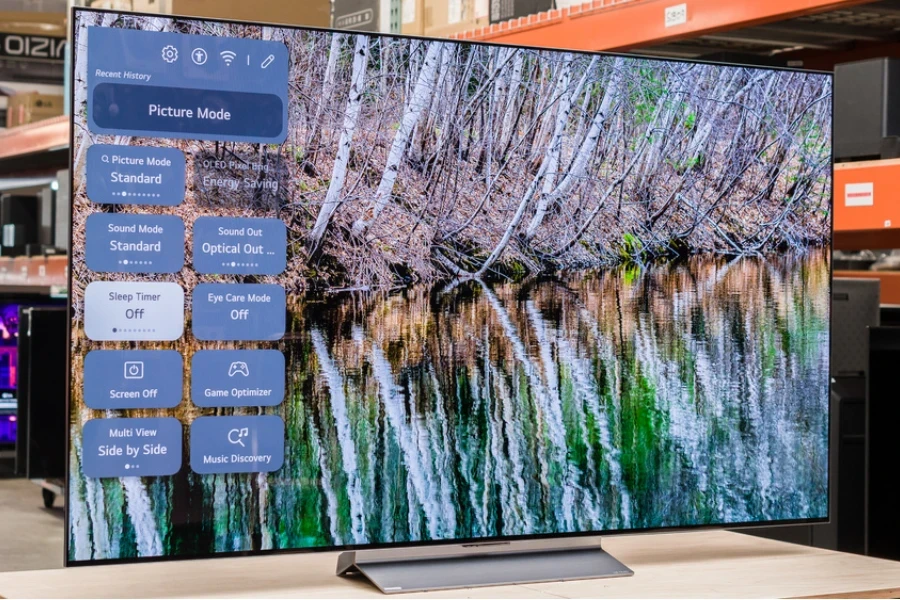
LG OLEDC3P Series
LG’s OLEDC3P Series is a testament to the brand’s commitment to delivering unparalleled picture quality. With its self-lit pixels, the TV ensures perfect black levels, leading to vibrant colors and a contrast ratio that’s second to none. The inclusion of AI-powered 4K upscaling further accentuates the viewing experience, making every detail pop. For online retailers, this model stands out for its blend of advanced technology and consumer-friendly features, making it a top pick for those seeking premium offerings.

TCL 6-series and 5-series
TCL’s 6-series and 5-series have garnered attention for their impressive balance of performance and affordability. According to Digital Trends, the 6-Series, in particular, is “dangerously good,” offering high resolution and a range of features that belie its price point. The 5-Series, on the other hand, continues to be a reliable middleweight champion, delivering consistent performance on the Roku TV platform. For retailers, these models represent a sweet spot of quality and value.
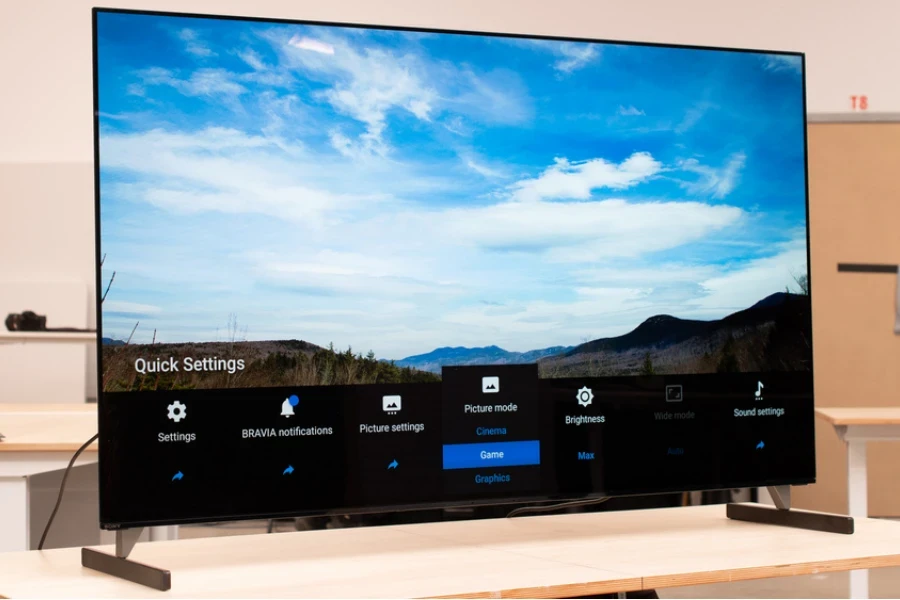
Sony Master Series A90J
Sony’s Master Series A90J is not just another TV; it’s a statement. Boasting a QD-OLED display, this model offers a quantum leap in OLED technology. The colors are richer, the blacks deeper, and the overall picture quality is simply mesmerizing. Its unique selling point lies in its ability to reproduce lifelike images with unparalleled clarity and depth. Retailers eyeing the premium segment would do well to consider this masterpiece from Sony.

Vizio P-series Quantum X and M7-series Quantum
Vizio’s P-series Quantum X and M7-series Quantum TVs are all about delivering a top-notch viewing experience without breaking the bank. The P-series Quantum X, as highlighted by Digital Trends, combines quantum dot color and HDR performance at a surprisingly attractive price. The M7-Series, meanwhile, offers a compelling mix of features that cater to a broad audience. These models are ideal for retailers looking to offer value-packed options to their customers.
Samsung QN900C Neo QLED 8K TV and S90C QD-OLED 4K smart TV
Samsung’s QN900C Neo QLED 8K TV and S90C QD-OLED 4K smart TV are the epitome of innovation. The QN900C, with its 8K resolution, offers a viewing experience that’s nothing short of cinematic. The S90C, with its QD-OLED display, delivers dazzling brightness and rich colors. Both models are equipped with a suite of advanced features that position them at the forefront of the smart TV market. For retailers, these are the models to watch, as they set the benchmark for future innovations.
Conclusion
As we look ahead, the smart TV landscape is poised for even more innovations. With advancements in display technology, AI integrations, and user experience enhancements, the future promises TVs that are not just smart but also intuitive. For online retailers, staying abreast of these trends is crucial. Embracing the latest models and technologies will not only cater to consumer demands but also position businesses at the forefront of the industry. As the lines between entertainment, connectivity, and smart living continue to blur, the smart TV will undoubtedly remain a pivotal piece in the evolving tech puzzle.
